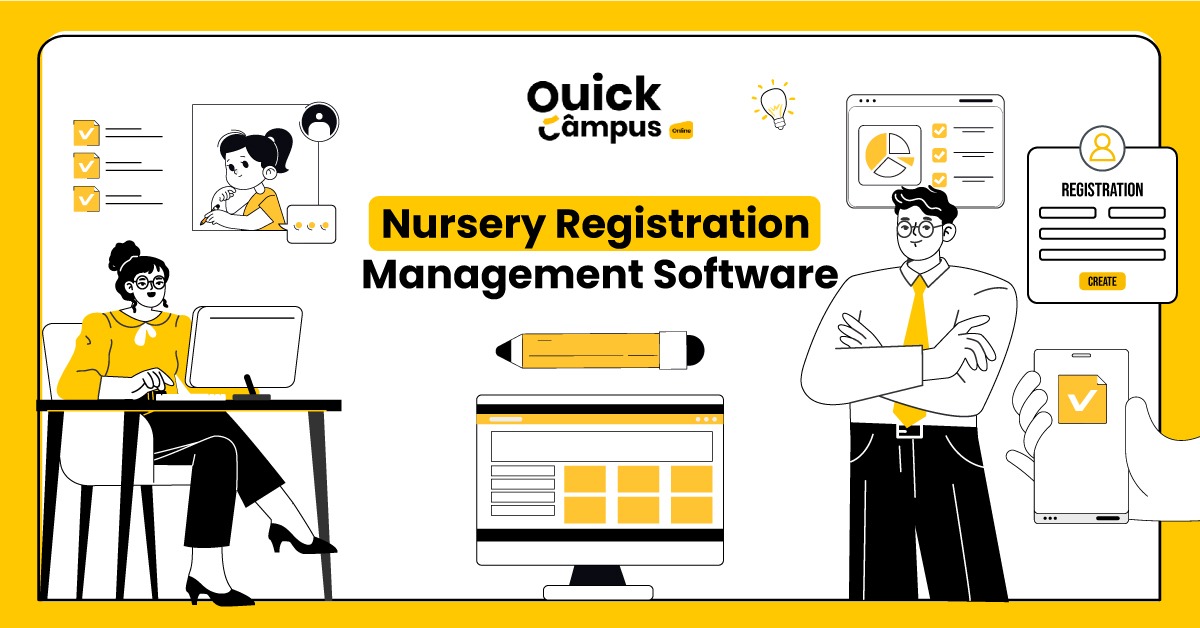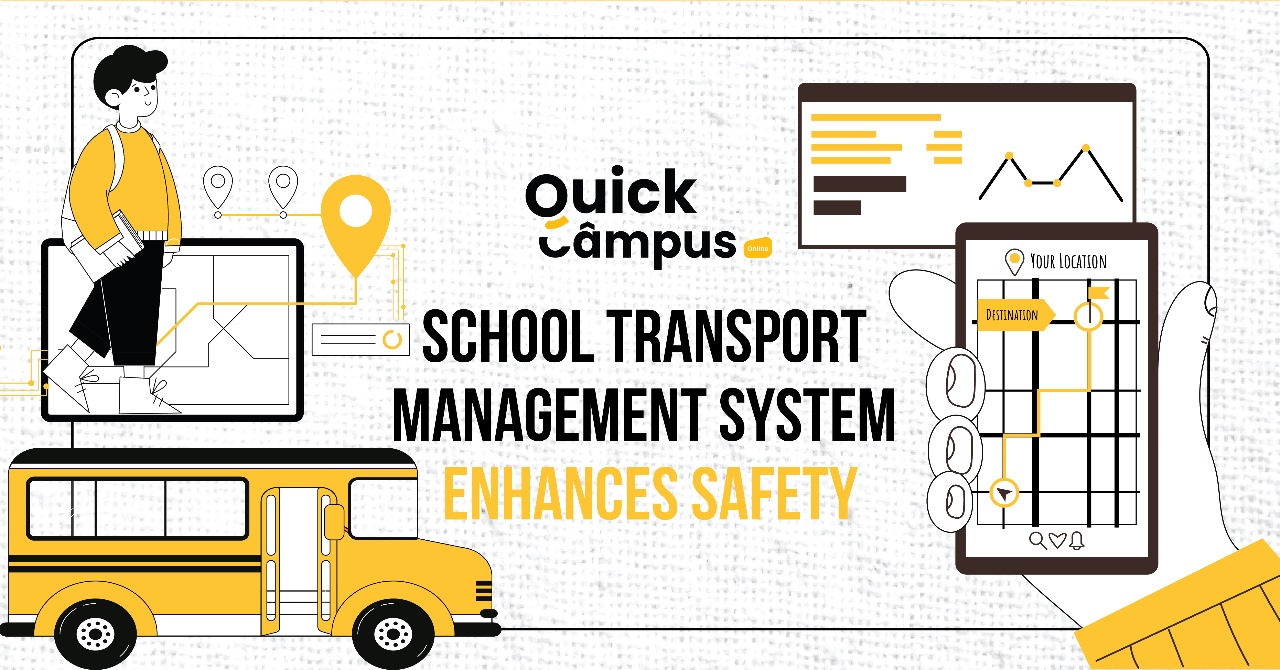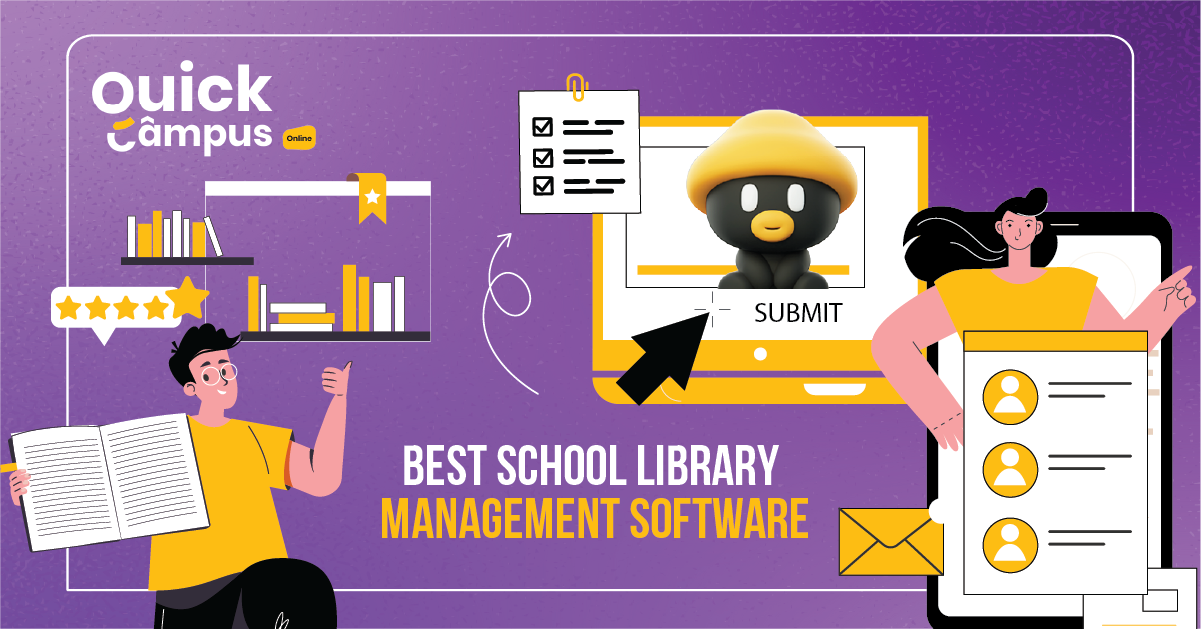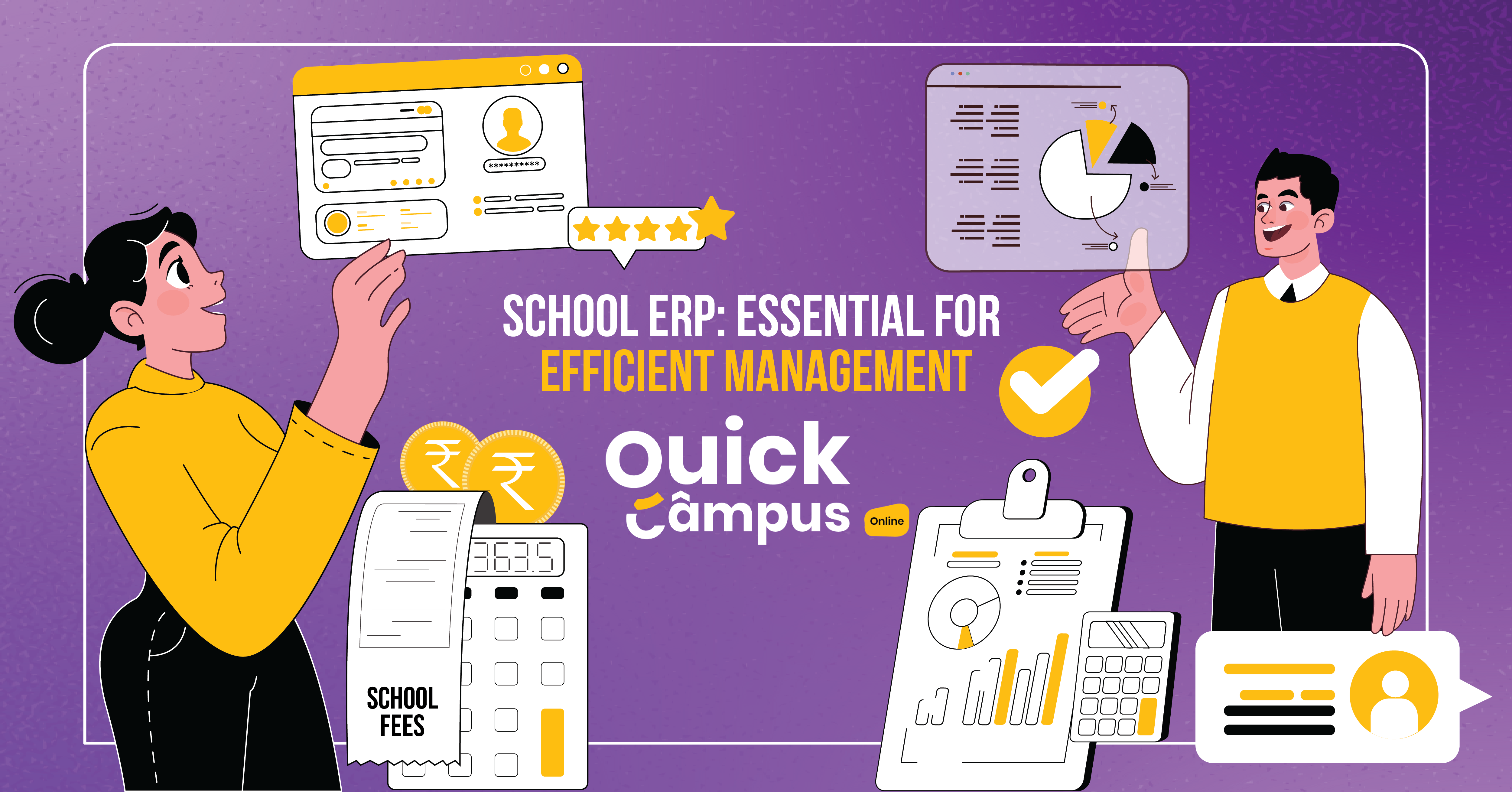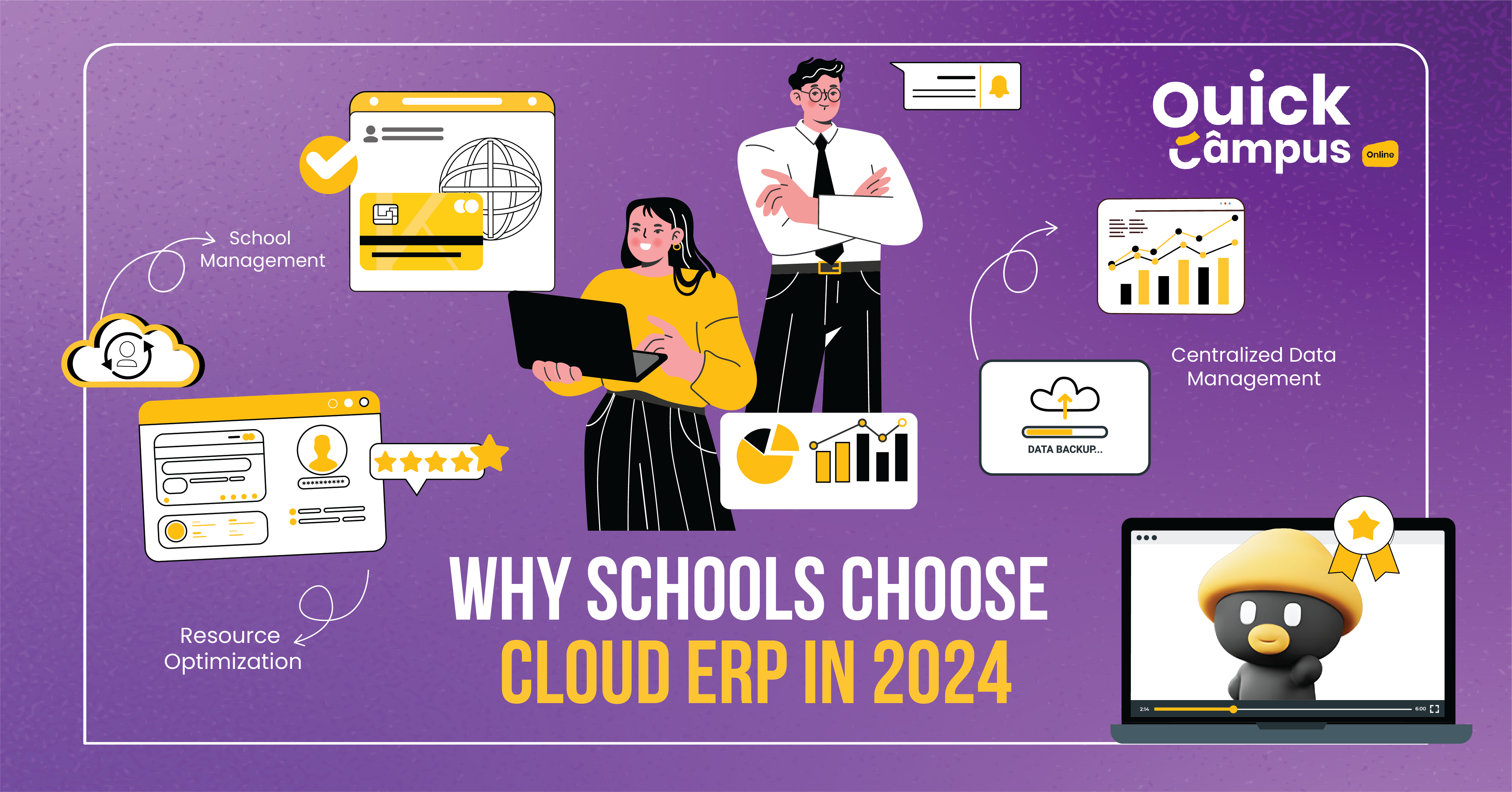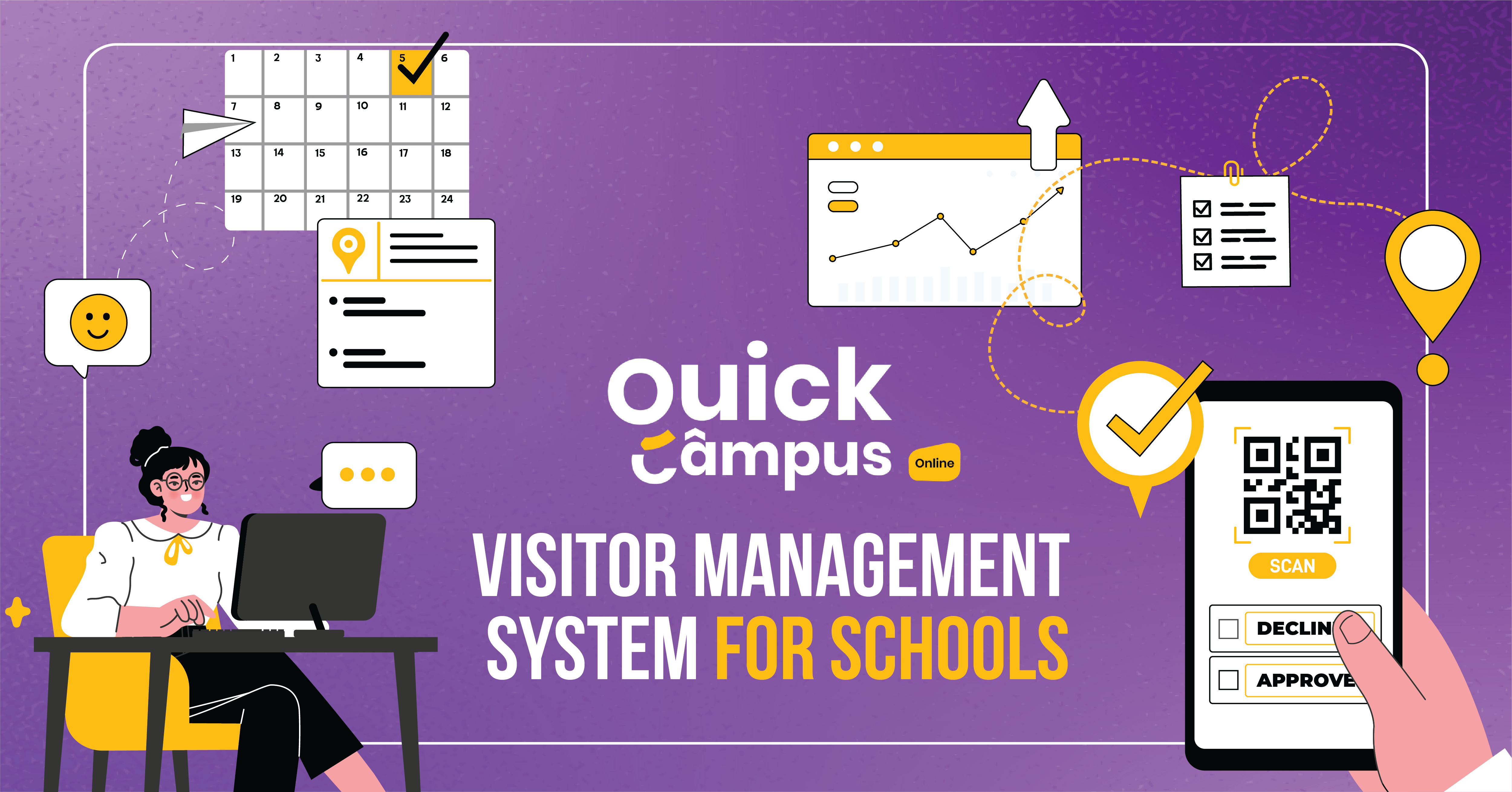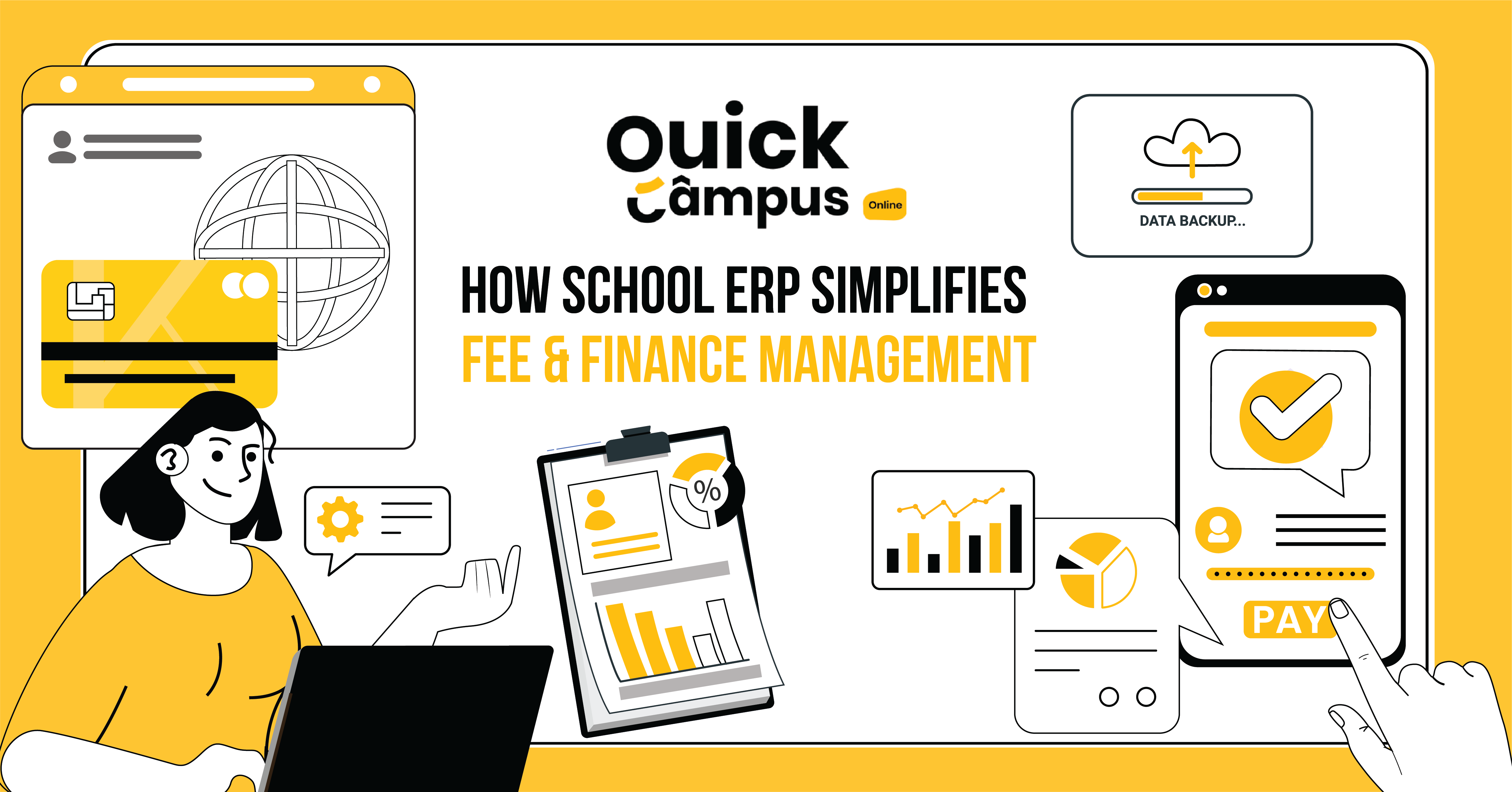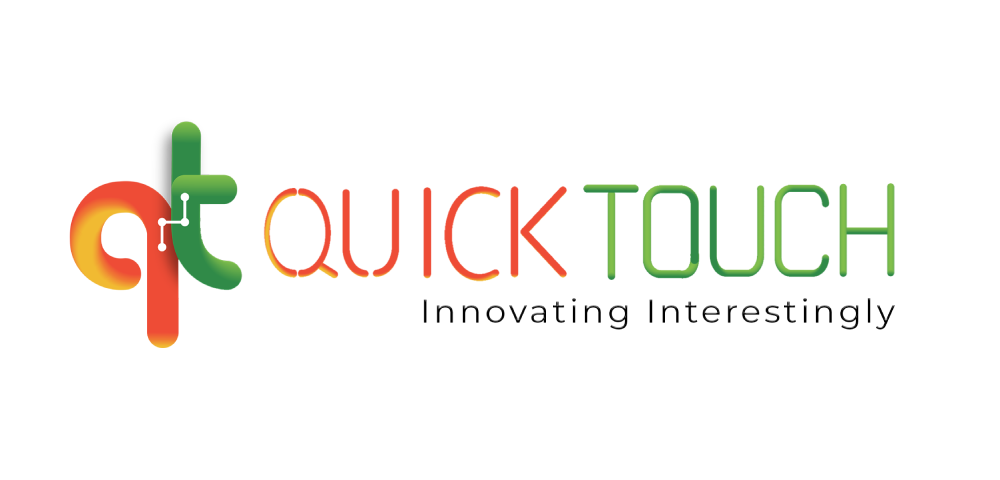Creating Culturally Responsive Classrooms – Importance & Teaching Strategies
Students come from a wide range of backgrounds, bringing with them a beautiful spectrum of cultures, experiences, and perspectives.
This diversity is a strength, but teachers must work to create an environment where every student feels valued, respected, and included. Culturally responsive classrooms are essential to achieving this goal, and a student information system is a vital tool in fostering an inclusive learning space.
What Is A Culturally Responsive Classroom?
A culturally responsive classroom recognizes and celebrates the unique identities of all students. Here are a few things that a teacher can focus on in achieving a culturally responsible classroom:
- Understand their cultural biases: A teacher’s awareness of their assumptions about different cultural groups will prevent misunderstandings and unfair judgments.
- Actively learn about students’ cultures: Teachers in a culturally responsive classroom try to learn about the different cultures in their classroom.
- Incorporate diverse perspectives in lessons: In these classrooms, teachers use books, articles, videos, and other resources that represent different backgrounds rather than focusing on a single, dominant culture.
- Encourage collaboration and respect: Students in these classrooms learn how to communicate, work together, peer-to-peer learning, and appreciate the differences among themselves.
Why Are Culturally Responsive Classrooms Important?
what Culturally responsive classrooms are let’s understand what they have to offer to the students:
- Improved academic success: Students feel seen and understood, and their chances of being engaged and motivated in their learning go high.
- Increased sense of belonging: A culturally responsive classroom builds a community. All the students feel like they are a valuable part of the group.
- Enhanced social-emotional skills: In these classes, students learn empathy, problem-solving, and how to communicate effectively with people from different backgrounds.
How Student Profile Management Systems Can Help?
An online student profile management system (SPMS) is a powerful tool for creating culturally responsive classrooms. It can also help you in your journey to create a culturally diverse classroom. Here’s how:
- Centralized Student Information: An SPMS stores data about each student, including their cultural background, language spoken at home, religious affiliations, and special learning needs.
- Personalized Learning: Teachers will easily access detailed student profiles and can tailor lessons and activities to match individual learning styles, interests, and cultural preferences.
- Tracking Progress: An SPMS will help teachers monitor students’ academic and social-emotional progress.
Strategies For Creating Culturally Responsive Classrooms
We’ve covered what culturally responsive classrooms are and how SPMS can help in creating them. Now, let’s get down to actual strategies a teacher can use to have such an environment in his classroom:
- Building Relationships: Teachers can spend time getting to know their students, their interests, and their family backgrounds.
- Curriculum Audit: Teachers can review their lesson plans and materials critically. They must include a variety of viewpoints and role models from diverse cultures. An online student information management system will help brainstorm more inclusive resources.
- Diverse Classroom Library: Teachers should ensure their classroom library has plenty of books by and about people from different cultures and backgrounds.
- Celebrate Diversity: They can plan activities and lessons that highlight different holidays, foods, music, and traditions from cultures in your classroom or community.
Key Tips For Teachers
Teachers can help the schools in building culturally responsive classrooms. Here’s what the teachers can do:
- Seek Professional Development: Attend workshops or courses on culturally responsive teaching.
- Collaborate with Colleagues: Share new ideas and resources with other teachers to create a more inclusive school.
- Reflect and Adapt: Regularly assess your teaching practices and ways to address any gaps in inclusivity better. A student information system can aid in this reflection by storing notes on lessons and ideas for future improvements.
Conclusion
A good student profile management system will help in creating a classroom where everyone feels like they belong. It might take some effort, but it’s one of the most rewarding things an institution can do. Remember, you don’t have to do it alone.
A student profile management system like Quick Campus’ SPMS can be your ally for collecting, recording, and remembering important student details, planning lessons that resonate, and building that welcoming community all students deserve. Want to see how it works? Check out Quick Campus today!
This Seems Like A Lot For New Teachers. Where’s A Good Starting Point?
Start small! Focus on getting to know students. A student information system helps store important details about interests and backgrounds. Try adding a few stories or activities that connect to your students’ lives. Remember, it’s about progress, not perfection!
Our School Already Focuses On Diversity. How Does A Student Profile Management System Help?
That’s great! A profile system goes deeper, helping teachers know each student as an individual. This makes it easier to find those perfect books, design relatable activities, and connect with families in ways that matter to them.
How Can A Teacher Get Colleagues Excited About Using A Student Information Management System For This?
Share the success! Once a teacher sees how the system helps them connect with students, they’ll naturally tell others. Show it off, explain how it saves time, and maybe even ask school leaders for a few minutes at a staff meeting to spread the word.

